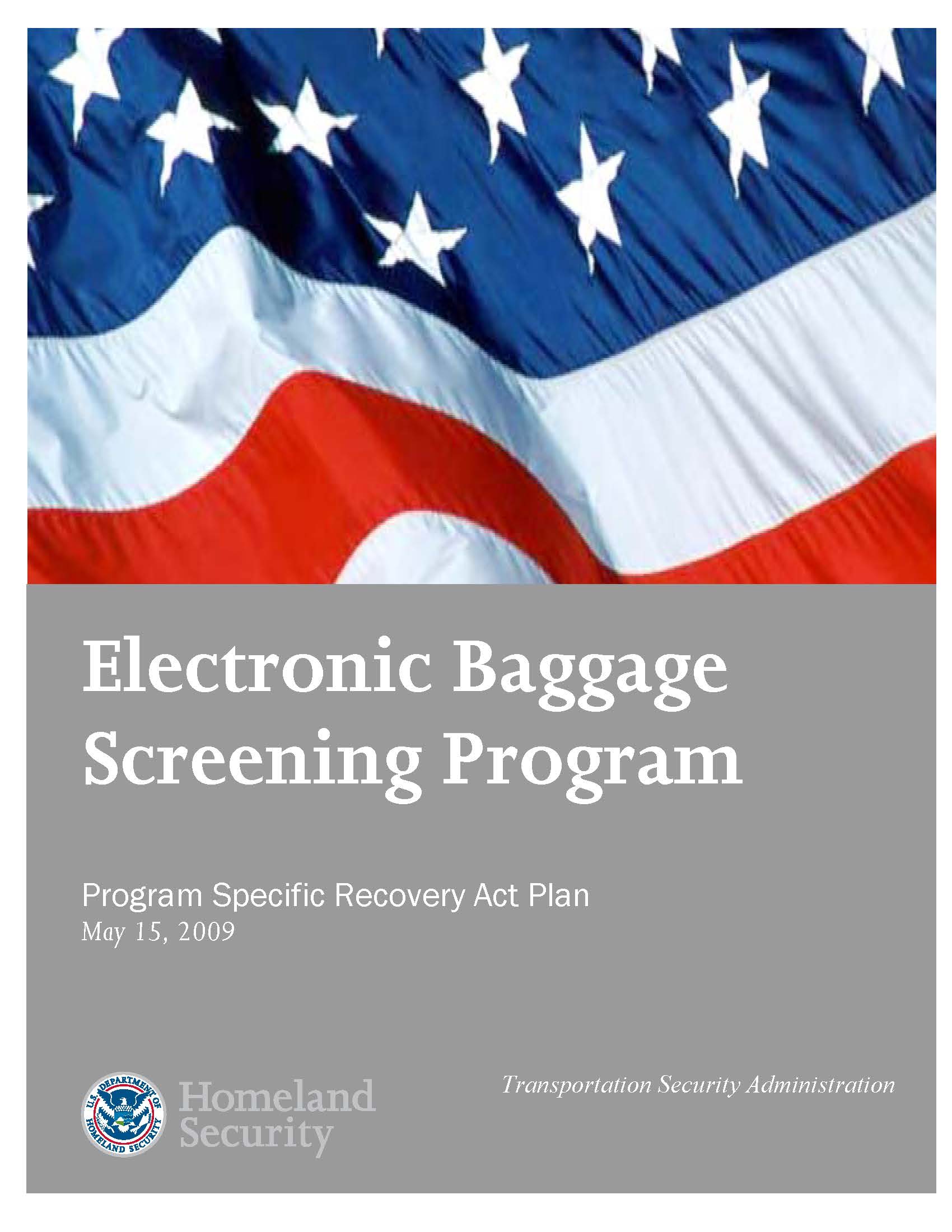Impacts of Automated Vehicles on Airport Landside Terminal Planning, Design, and Operations
Publication Date
2019Abstract
Income from parking, rental car facilities, and other ground access modes for most commercial airports in the United States is a significant component in revenue. With the emergence of automated vehicles (AVs), or so-called “self-driving vehicles,” these fundamentals could change. Airport stakeholders need to understand the impacts of the emerging AVs to airport planning, design, and operation. If the impact hurts the operational resilience and financial sustainability of the airports, the stakeholders should come up with countermeasures to alleviate the impacts and to ensure the smooth operation and continued growth of the airport. To serve these needs, this study quantifies the potential impacts of AVs on airport parking and ground access by building a simulation platform and applying scenario analyses. Two airports are selected for case study: Tampa, FL (TPA), and San Francisco, CA (SFO). To fill in the gaps of historical data, statistical methods are used to generate inputs for study airports based on historical information of passenger demand, ground access mode split, and parking categories and durations. Furthermore, future scenarios are developed based on reasonable assumptions of the emergence of AVs. Outcomes of the case studies show that the emergence of AVs will significantly affect airport operation if nothing as of now is changed. However, the impacts could be different for airports that are more auto-dependent versus those in metropolitan areas with various ground access options. Moreover, this study discusses possible strategies that can help airports generate revenue in the era of emerging AVs.
Publisher
SAGE Publications LtdCreator
Yuan Wang, et al.Sponsor
Citation
Wang, Y., and Zhang, Y. 2019. Impacts of Automated Vehicles on Airport Landside Terminal Planning, Design, and Operations. Transportation Research Record. https://doi.org/10.1177/0361198119850473










